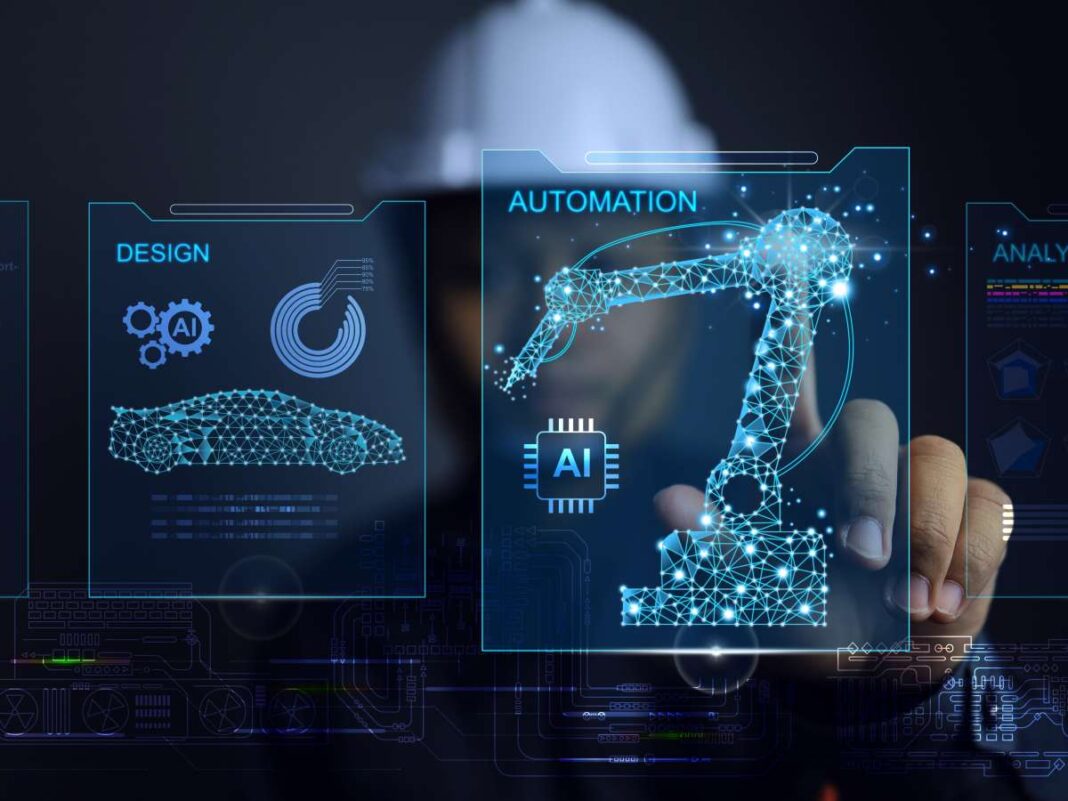The roar of an engine, the sleek lines of a new model, the thrill of acceleration—these hallmarks of the automotive world are being reimagined in the digital age. As artificial intelligence (AI) accelerates at breakneck speed, it’s steering the future of car design into uncharted territory. From the drawing board to the production line, AI is not just an accessory; it’s becoming the driving force behind the next generation of vehicles.
Accelerating Design with AI-Powered Tools
Traditionally, automotive designers would labor over countless 2D sketches before transitioning to 3D models—a process that could stretch over weeks or even months. Now, AI-powered tools are shifting gears in this arena. By utilizing AI, designers can rapidly generate images from simple prompts, compressing the design timeline to mere days or hours. For instance, cutting-edge software can transform rough sketches into detailed 3D models by leveraging extensive datasets, streamlining the workflow and sparking innovation.
While AI-generated images might occasionally contain minor imperfections, these are often negligible and go unnoticed by most observers. The real power lies in how AI enables designers to explore a multitude of ideas quickly, fostering a new era of creativity and experimentation in automotive design.
The Human Touch Remains Indispensable
Despite the remarkable capabilities of AI, the role of human designers remains crucial. AI can efficiently alter or replicate existing designs, but when it comes to groundbreaking, original concepts, human ingenuity is irreplaceable. Experts in the field emphasize that while AI tools can enhance the design process, they cannot fully replicate the creativity and vision that skilled designers bring to the table. The collaboration between humans and AI is ushering in a transformative era where technology amplifies human potential.
AI in Manufacturing and Quality Control
Beyond the design studio, AI is revolutionizing automotive manufacturing. In smart factories, AI-powered robots perform precision tasks on the assembly line, ensuring consistent quality and efficiency. Real-time inspection systems leverage AI to detect defects instantly, optimizing production schedules and reducing waste. This integration of AI not only accelerates manufacturing but also enhances the overall quality of vehicles rolling off the line.
Personalized Driving Experiences
Modern consumers expect their vehicles to be more than just modes of transportation—they seek personalized, connected experiences. AI is at the forefront of delivering on this expectation. Voice-activated assistants respond to driver commands, while AI algorithms learn from driving habits to provide tailored recommendations. For example, some vehicles now offer AI-driven infotainment systems that adapt to user preferences and improve the overall experience, making each journey unique.
Autonomous Vehicles: The Road Ahead
Perhaps the most groundbreaking application of AI in the automotive industry is the development of autonomous vehicles. Self-driving cars are no longer a distant fantasy; they’re becoming a reality thanks to AI’s ability to process vast amounts of sensor data in real-time. These vehicles rely on AI for environmental perception, decision-making, and control, paving the way for a future of autonomous mobility.
AI algorithms analyze inputs from cameras, LiDAR, and other sensors to navigate complex driving scenarios, predict traffic patterns, and make split-second decisions. While fully autonomous vehicles are still navigating regulatory and technological hurdles, the advancements thus far highlight AI’s critical role in transforming how we think about transportation.
Enhancing Safety Through Advanced Systems
Safety has always been paramount in automotive design, and AI is elevating it to new heights. Advanced Driver-Assistance Systems (ADAS) utilize AI to provide features like adaptive cruise control, lane departure warnings, and emergency braking. By processing real-time data, these systems help prevent accidents and protect passengers, making roads safer for everyone.
Moreover, AI enables predictive maintenance by analyzing vehicle data to anticipate potential failures before they occur. This proactive approach reduces unexpected breakdowns and extends the lifespan of vehicles, offering peace of mind to drivers.
Challenges and Ethical Considerations
While AI brings immense benefits, it also presents challenges that the industry must navigate. Issues such as data privacy, cybersecurity threats, and ethical dilemmas in decision-making algorithms (like those faced by autonomous vehicles in critical situations) require careful consideration. Ensuring that AI systems are transparent, secure, and aligned with ethical standards is essential for building trust with consumers and regulators alike.
For instance, the dilemma of how an AI should react in an unavoidable accident scenario—often illustrated by the “trolley problem”—raises questions about programming ethics into machines. Addressing these concerns is crucial as we move toward an increasingly AI-driven automotive future.
The Fusion of Science and Innovation
The intersection of AI and automotive design is a testament to the fusion of science and creativity. The industry is leveraging AI not only to enhance existing processes but also to explore new frontiers in vehicle performance, efficiency, and environmental sustainability. By optimizing aerodynamics, improving battery management in electric vehicles, and reducing emissions through intelligent systems, AI is helping create cars that are not only smarter but also kinder to the planet.
Conclusion
With the advancement in AI, its impact on automotive design and engineering becomes ever more profound. The collaboration between human ingenuity and artificial intelligence is driving a revolution in mobility, one that promises safer, more efficient, and more personalized vehicles. The road ahead is filled with possibilities, and the journey has only just begun.
The convergence of cars and technology signifies more than just a trend—it’s the dawn of a new era where the limits are defined only by our imagination. As we embrace this intersection of automotive design and AI, we’re not just witnessing the evolution of vehicles; we’re experiencing the transformation of how we move through the world.

